by Dan Jones
Reading the Bible with the Poor
The whole Bible should be read as a collection of stories from poor people building a movement to overthrow the power of the rich, put an end to exploitation, and reorganize society on the principles of solidarity, the sacredness of life, and the meeting of human needs. This approach, so central to the Battle for the Bible today, is one of the keys to the methodology of “Reading the Bible with the Poor.”
Our work on “Reading the Bible with the Poor” has focused, with good reason, on the stories of Jesus and the disciples. There is a great educational power that comes with connecting the experience of poor people struggling against the Roman empire and our own experience of poor people struggling against the empire of capital now. This is especially true considering the role that Christianity plays in the mental terrain and political life of the United States.
And while important leaders in the movement to end poverty have studied, taught, and preached about the movement against the Roman Empire as the essential context for the New Testament, we haven’t yet made the same kind of systematic study of the struggle that gave rise to Jewish tradition. This article attempts to contribute to our collective understanding of how the Torah and the books of the Prophets are also products of actual people making history: poor people fighting and organizing to remake the world, out of necessity.
The Historical Roots of Jewish Sacred Texts
We can trace the experiences at the root of Jewish sacred texts back at least 3000 years, to poor people who struggled against kings, armies and empires, and suffered poverty, debt, foreclosure, eviction, and slavery in Palestine, then known as Canaan. The communities who laid the earliest foundations for what would become Jewish tradition did not come out of some kind of unknowable, primeval period of history. By the time they were living, struggling, writing and worshiping (around 1000 BCE), cities, states, armies, empires, priests, kings, exploitation, debt (and debt forgiveness) were already 2000 years old in Southwest Asia.
Canaan was controlled indirectly by Egypt’s pharaoh. It was not itself a center of power or wealth, but a buffer for pharaoh against the other major powers and home to important transportation corridors for armies and goods. The small states in Canaan, centered on a few major cities with surrounding farmlands and villages, were ruled by petty kings who shared with the pharaoh some of the surplus they ground out of the working classes, and received protection and support against rivals in exchange.
Canaan existed as part of a system of huge empires and smaller states, all based on the surplus squeezed out of millions of agricultural workers and handicraft producers. These interconnected empires stretched from modern-day Greece and Cyprus into Turkey, through Syria and into Iraq and Western Iran, and to Lebanon, Palestine/Israel, Jordan, Egypt, and Sudan. The rulers of these states fought over natural resources, land, and labor, but they also relied on each other.
It was a time of massive, complex, and shifting networks of power, exploitation, exchange, and patronage spanning thousands of miles. Rulers exchanged agricultural products, luxury goods, metals, and even their own daughters. Their wealth was produced mainly by unfree labor on royal and temple plantations and in manufactures. These workers were war-captive slaves and debt-bonded laborers: Families who may have taken out a high-interest survival loan after a bad harvest or who fell behind on temple or palace fees, and ended up being sold by their families or selling themselves into debt servitude or entering into sharecropping arrangements. Rulers and priests burdened communities of free farmers with taxes and fees, as well as military and labor conscription, and sought to force as many people as possible into servitude. The role of religious authorities was to bless the existing order. And the temples themselves were major economic units, along with the palaces, controlling large plantations, making high-interest loans, and commanding the labor of thousands of people in some cases.
The Struggle Against Pharaoh
On the margins of this violent, oppressive, unequal society, in the dry hills of the Galilee, Samaria, and Jerusalem and on the edges of the southern deserts, were troublemakers who haunted and harassed the powers of the day. There were fugitive slaves from the palace plantations and households skipping out on debts and herder communities who raided cities and robbed the trade caravans making their way between centers of wealth. There were farmers who escaped into the hills and mountains rather than continue to live under threat of taxation, conscription, and debt slavery. Many of these groups were known as ‘apiru. The word became a shorthand used by local kings for anyone who opposed them and the existing order. Around 1350 BCE, one king in what is now Syria pleaded for the pharaoh’s help in his struggle against an ‘apiru leader. He quoted the rebel as saying:
Kill your leader and then you will be like us and at peace…Let us drive out the mayors from the country so that the entire country will be joined to the ‘apiru. And let there from then on be justice for all lands. Then will our sons and daughters be at peace forever.
‘Apiru was a term for a social position, not an ethnic identity. The people grouped under that name had diverse origins, religions, and means of survival (including sometimes working as mercenaries for local kings). What they had in common was their status as fugitives from and opponents of the existing order. ‘Apiru bands show up in the historical record from the beginning of the period of intensified dispossession, plantation agriculture, and debt-bondage that started a little after 2000 BCE, and they didn’t disappear until the collapse of the whole late-Bronze Age system nearly a millennium later. They were a way that the poor organized, protested and opposed the powers of the day, particularly related to the problems foreclosure, dispossession and debt slavery. ‘Apiru were a necessary and inevitable part of the plantation-debt bondage system, and they emerged wherever this particular form of exploitation existed. In this sense, they have a deep similarity to peasant revolts in feudal Europe and China, maroon communities and uprisings of enslaved workers in the Americas beginning in the colonial period, labor unions beginning in the industrial era, and tent cities, shanty towns, and extralegal land takeovers of all kinds in our own time.
The experiences of groups like the ‘apiru form the earliest foundations for the Torah and the Prophets. The origins of all Jewish tradition are in poor people’s oppression and dispossession, their flight from bondage, their conflict with empires and kings, their attempts to find unity in diversity, to survive and build a new society and a new theology in a time of profound crisis and upheaval.
Crisis, Collapse and Revolution
A little over 3000 years ago, the system of Late Bronze Age empires and states went into deep decline. The collapse of authority, palace and temple economies, cities, and inter-state trade was so significant that it marks the transition between two major eras of human history in the region – from the Bronze Age to the Iron Age. In some cases, whole empires and forms of social organization were wiped off the map. In others, including Egypt, expansionist powers retreated to their core territories. In Canaan, between 1200-1100 BCE, temples and palaces were burned to the ground and cities were emptied. Egypt’s armies and officials had abandoned the area entirely by around 1140 BCE.
The basic cause of the collapse, in Canaan and in the rest of the region, was that these societies had been cannibalized by their ruling classes. They had undermined their own economic base in subsistence agriculture through the dispossession of the free agricultural communities and the concentration of population in the cities. The extreme polarization of wealth and poverty, tied to the undermining of resilient, diversified subsistence agriculture in favor of estate plantations, weapons and luxury and trade goods, made these societies fragile and unstable. Shocks came in the form of climate change and drought and mass migrations of armed and displaced people, which in turn disrupted inter-state exchange and tribute. When this happened, the great states and empires had no solutions, were unable to reform themselves, and either disintegrated or were forced to give up control of vast territories.
This was a period of revolutionary possibility. The ‘apiru demonstrated that the poor did not want to continue on in the old way, and the wealthy could not go on in the old way because the contradictions of society had reached their breaking point. It was a moment comparable in some ways to Haiti in the era of social revolution against feudalism in the late-18th century, or to Tsarist Russia during the crisis of capitalist imperialism in the 1910s, or to the United States in the period leading up to the Civil War. The conditions were present for breaking with the power of palaces and temples and their debt servitude and plantations. A new consciousness was needed to finish the job, and in that moment of possibility and out of those struggles emerged the earliest communities that would become the centers of Israelite tradition and later, Judaism.
Archeologists have noted that at the same time as the power of pharaohs and kings was breaking down – garrisons abandoned, palaces and temples burned, inter-state exchange between elites cut off – there was a flourishing of small agricultural communities up in the hills, on the margins of the old spheres of control, in the territory that would become the kingdoms of Israel and Judah. The number of these settlements increased eightfold over the course of 1200-1000 BCE, the years of the greatest social “collapse.” The earliest possible reference to “Israel” is from a little before 1200 BCE, on a victory monument of the pharaoh Merneptah, where he claims to have destroyed a rural people called Israel as part of a campaign to shore up Egyptian control of Canaan against rebellion.
Contrary to the surface of the Biblical narrative and popular assumptions, there’s very little evidence that these communities were “invaders”: their pottery and other aspects of their material culture suggest that they were indigenous, poor, Canaanite farmers. A new society, emerging from and in conflict with the old, was establishing itself and fighting for its survival.
The runaway resistance experience of the ‘apiru became generalized among the poorer strata of the Canaanite population, and their resistance became the basis of a new world outlook. These highland communities were more egalitarian than the palace/plantation societies. They were based in mixed subsistence agriculture and animal husbandry. They did not reproduce the temple- and priest-centered forms of worship that had dominated in Canaan, instead worshiping at home and at open-air sites. Instead of a standing army and mercenary soldiers, they fielded communal militias to carry out the ongoing struggle against the kings that sought to maintain or reimpose control. It was these communities that formed the nucleus and social and ideological foundation of the later Israelite kingdoms and of the prophets’ judgment of those kingdoms as they began to take on features of the old system.
The oppression and exploitation by palace and temple elites in the form of taxes, foreclosure, and debt bondage; the resistance against that regime and its eventual failure and collapse under the weight of its own injustice; the attempt to build relationships of solidarity and kinship among the elements of society opposed to the plantation system and to prevent such a system from reimposing control over the people: these are the historical processes that went hand in hand with the formation of the Israelite identity and world outlook, including their theology, law, worship, and religious tradition and stories.
Every part of Jewish scripture and all of Jewish history bears the stamp and carries the echo of this struggle between the rights of communities to care for one another and the rights of kings, priests and plantation owners to evict, exploit, and enslave through debt.
The “conquest” narratives of Joshua and Judges do not describe an ethnic, nationalist, or religious holy war against whole peoples, based on an abstract notion of chosenness and a God-given title to the land. Instead, they reflect an experience of struggle between the old society, dominated by kings, priests, armies, centralized wealth, and widespread debt on the one hand and a new society based on solidarity and communal survival on the other, each with their own theology. It’s not for nothing that the two oldest surviving texts in the Jewish tradition: the Song of the Sea (Exodus 15:1-18) and the Song of Deborah (Judges 5) both describe the defeat of royal armies, decked out with advanced weapons like chariots, by an insurgent people aided by the God of freedom.
Sacred Jewish stories, poetry, law, and prophecy are overwhelmingly against debt, exploitation, and wealth and for solidarity, family, and sharing abundance. They place justice and sovereignty in the hands of God and not of kings or priests. The God of the Tanakh is against poverty because the people who found and who walked with that God were poor themselves and were fed up and knew who their enemy was. When we carry the word of God against the pharaohs of today we are also carrying the example and the hope of those thinkers, fighters, poets and prophets.
Further Reading
Tribes of Yahweh: A Sociology of the Religion of Liberated Israel, 1250-1050 BCE, by Norman Gottwald
The Hebrew Bible: A Brief Socio-literary Introduction, by Norman Gottwald
Early Antiquity, edited by Igor M. Diakonoff
…and forgive them their debts: Lending, Foreclosure and Redemption From Bronze Age Finance to the Jubilee Year, by Michael Hudson
Peasants, Prophets, and Political Economy, by Marvin Chaney
The Sacred Economy of Ancient Israel, by Roland Boer
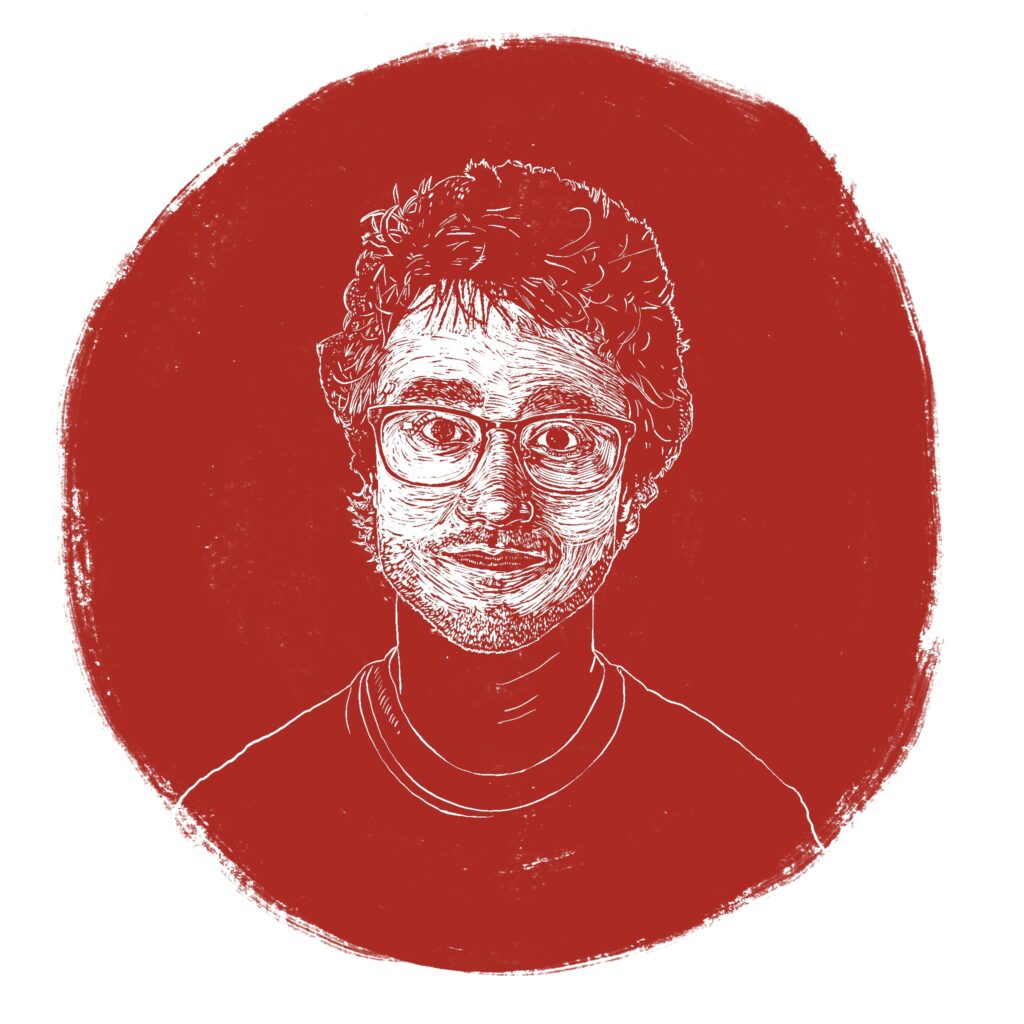
Dan Jones is a member of the University of the Poor Political Coordination Committee and a Co-Chair of the Florida Poor People’s Campaign: A National Call for Moral Revival.
Top image: Rebecca Schuchat, VWC and VTPPC
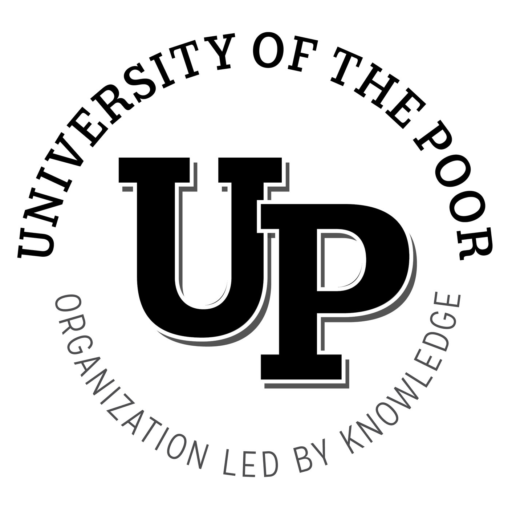
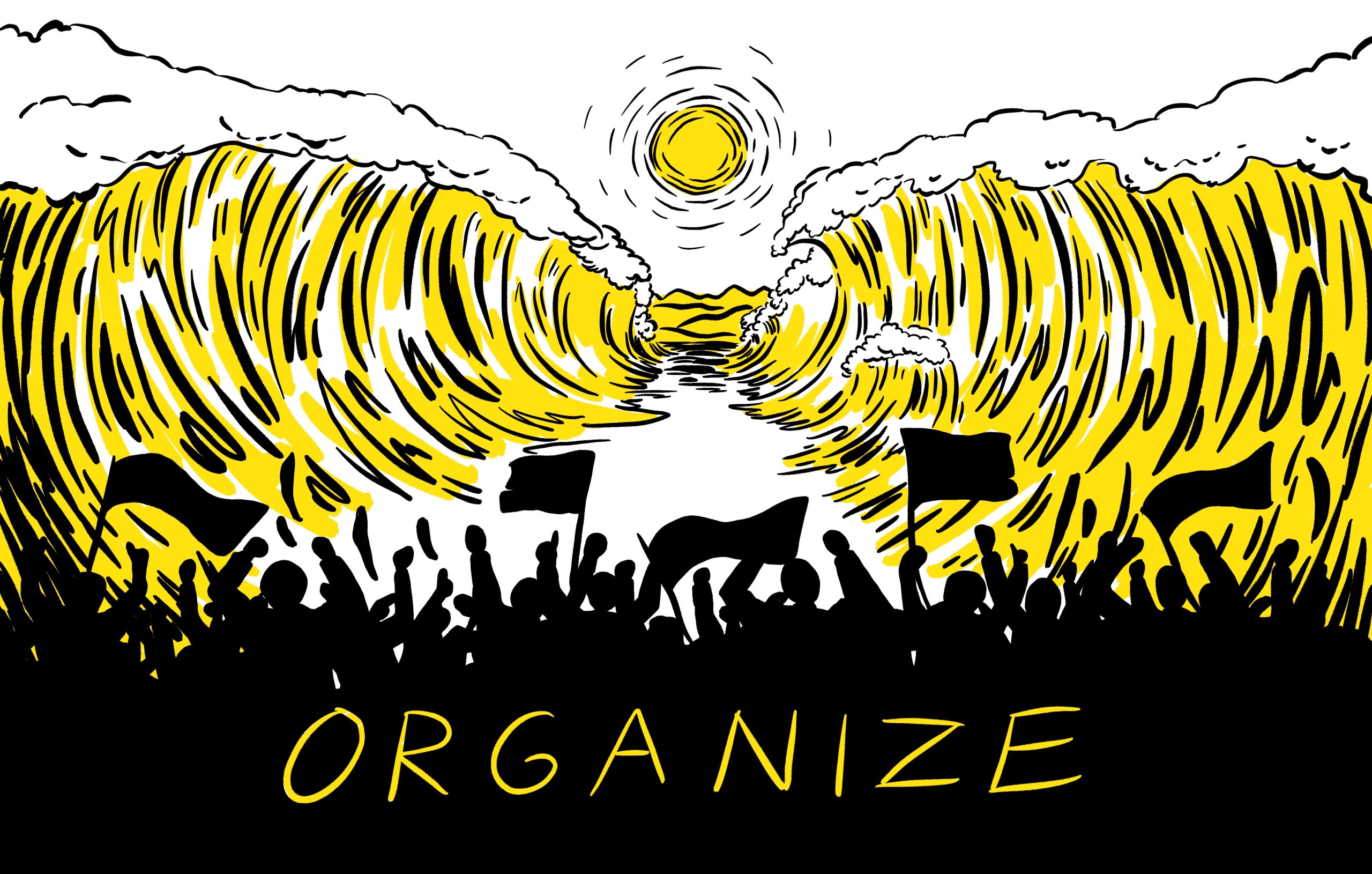
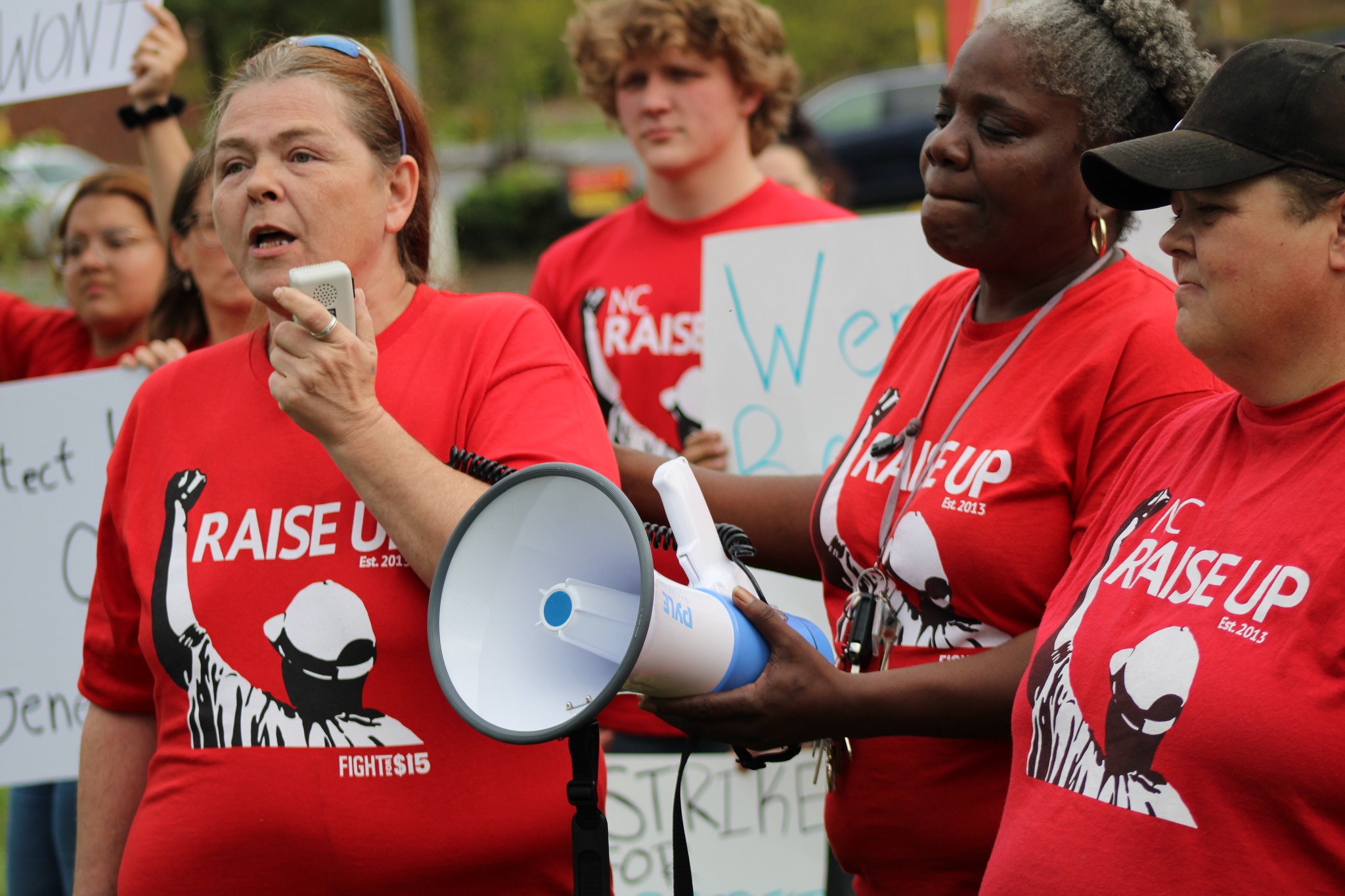
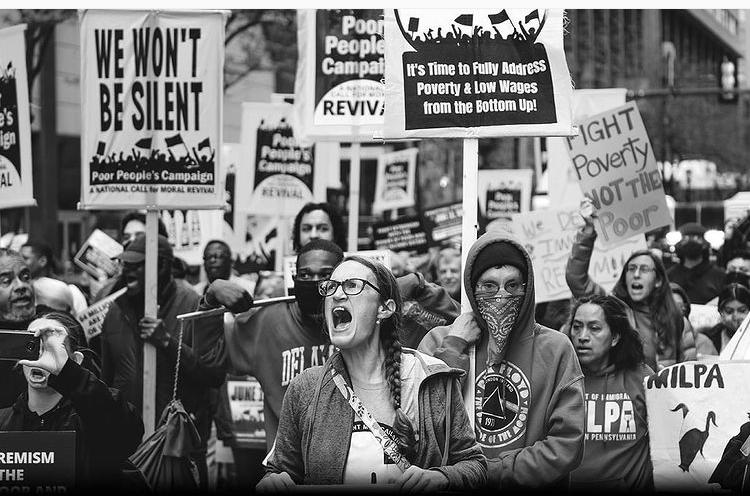
[…] Con respecto a la Biblia, este número de la Revista de la Universidad de los Pobres presenta una entrevista con Colleen Wessel McCoy sobre la Iglesia de la Libertad de los Pobres y la Campaña de los Pobres de 1968 (Spanish) y el análisis de Daniel Jones de las condiciones materiales que llevaron al surgimiento de la tradición judía (English). […]